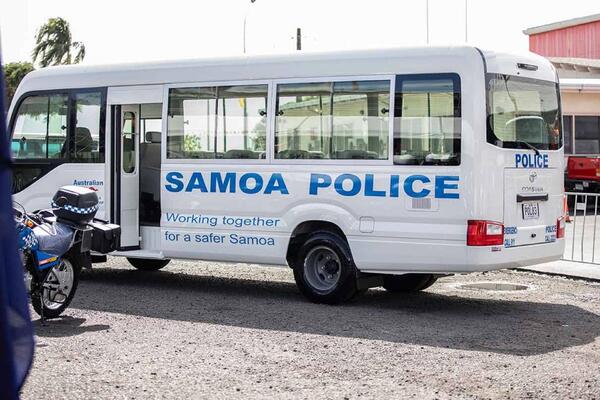Samoa remains at high debt risk of debt distress, due to the extremely high vulnerability to natural disaster and impact of COVID19 mainly the tourism sector.
The analysis included the impacts of COVID- 19, which resulted in a further deterioration of the baseline macro framework.
This is outlined in the Ministry of Finance annual report for 2020.
The analysis also incorporated the effects of natural disasters and climate change in the long term, whereby along the projected time-period of 20 years, assumptions were made such as lowering of GDP growth, raising current account deficit and fiscal deficit assumptions, using the revised Low Income Countries Debt Sustainability Framework.
A breach in any of the threshold and benchmark under the baseline scenario would indicate a high risk of debt distress.
Under the baseline scenario,external debt ratio of 56 percent breached threshold by 2035, and the present value of public debt to GDP ratio 72 percent breached the benchmark in 2028.
The contingent liability shock also showed negative impact on both indicators. Samoa’s debt remains sustainable despite the high risk of debt distress due to the country’s high vulnerability to natural disasters.
The Government fiscal target of debt to GDP ratio in the long term is 40 percent, and any borrowing needs must be on highly concessional borrowings to ensure debt sustainability and the Government debt management objectives are achieved.
However maintaining a high debt risk status means that Samoa remains qualified for 100 percent grant assistance from partners in the mean time.
Should Samoa drop to medium or low then it would be eligible for 50% grants.
This means that any assistance given by Samoa’s partners for any development, 50 percent is free while the other half will be paid given Samoa’s status.










